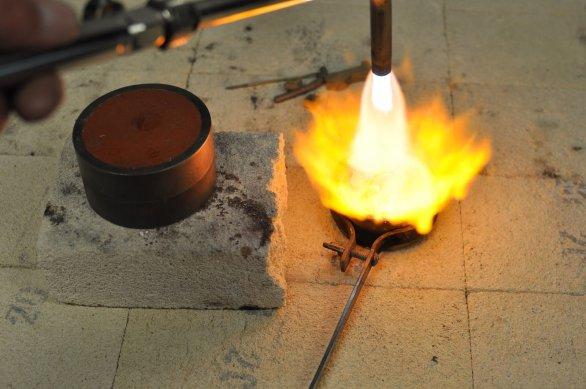Results 1 to 2 of 2
-
02-22-2016, 08:53 PM #1
Sand Casting with 3D Printed Parts
Frankie Flood needed some custom-sized wingnuts that are commercially unavailable, so he went ahead and 3D printed his own part and then sand cast it. This process, and all of the steps he used, has been extensively photographed and shared on his blog. If you desperately need to replace hard to find parts, or are just interested in sand casting with 3D printed parts, you will no doubt find Flood's own experiments with sand casting a highly educational experience! Read more at 3DPrint.com: http://3dprint.com/120875/sand-cast-wingnuts/

-
02-23-2016, 02:40 PM #2Staff Engineer

- Join Date
- Jan 2014
- Location
- Oakland, CA
- Posts
- 935
The extremely poor surface of those cast wingnuts was most likely due to shrinkage porosity. That happens when the cooling metal has no reservoir of liquid metal to draw on as it cools and shrinks, so it pulls in the surface of the part, causing the wrinkled appearance on the outside and voids on the inside. Making the sprue hole considerably larger, so the cooling metal would have access to the liquid metal in the pour-cup (which should have been covered with an insulating brick immediately after casting) would have improved results considerably. The fine "Delft clay" sand is not to blame - it will reproduce surface detail much better than that.
Andrew Werby
Juxtamorph.com






 Reply With Quote
Reply With Quote




Ender 3 Neo - Jam Problem
Yesterday, 03:06 PM in Tips, Tricks and Tech Help